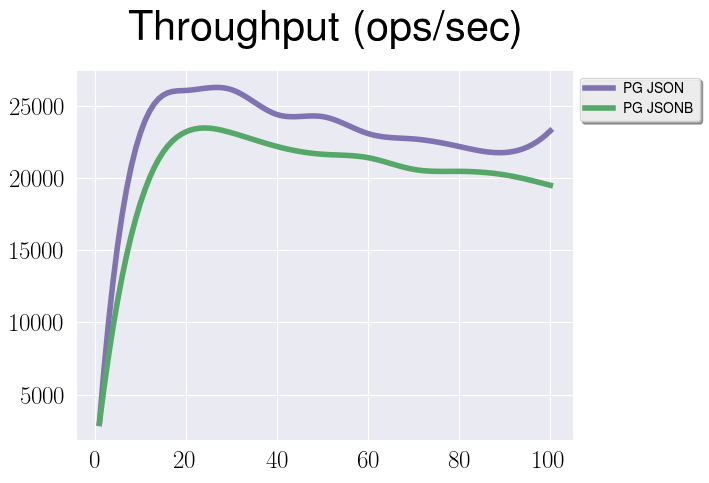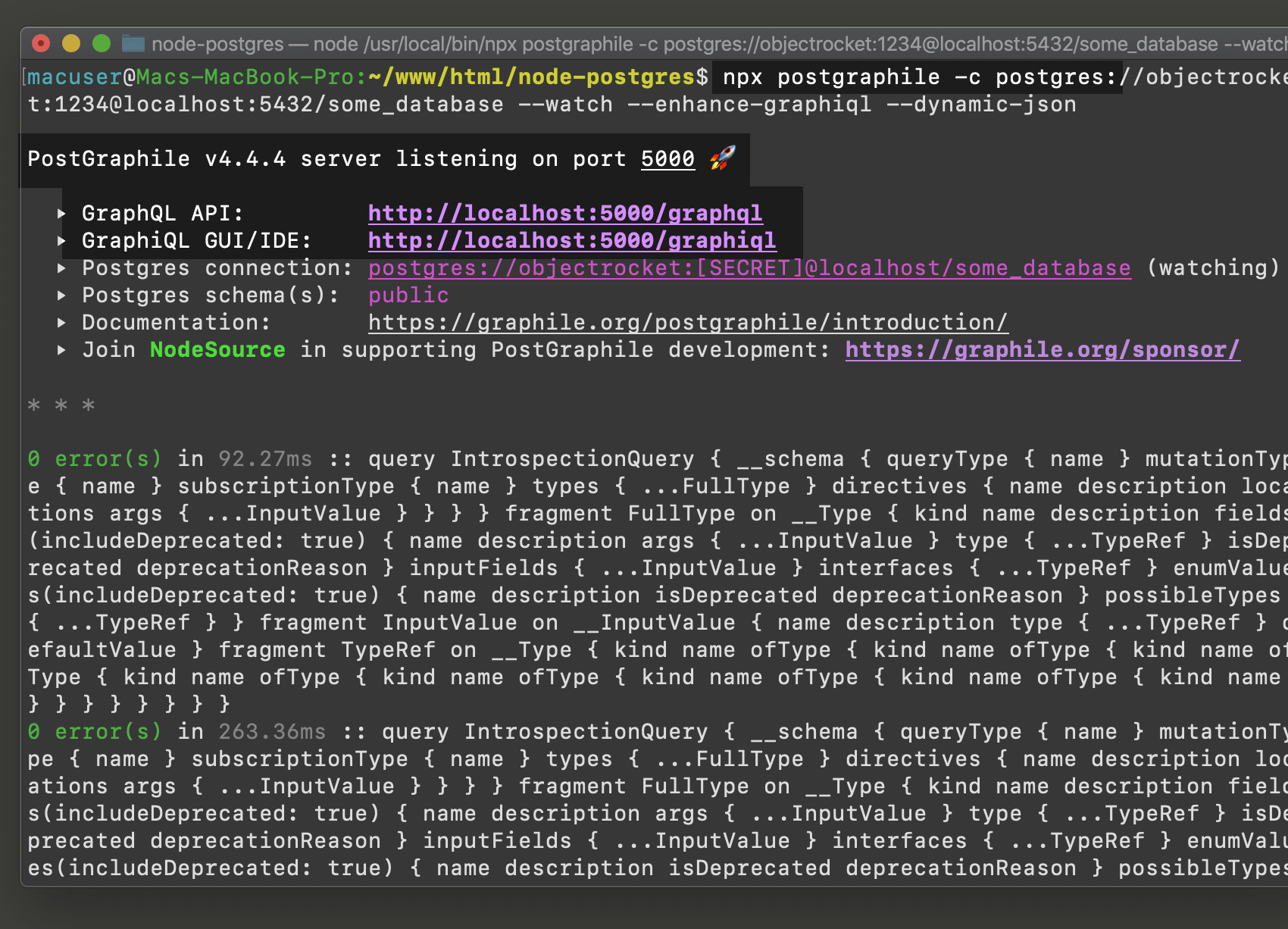

The obvious benefit here is flexibility, but where it really shines is being able to leverage various index types. INSERT INTO products ( name, attributes ) VALUES ( 'Geek Love: A Novel', 'author => "Katherine Dunn",Ĭategory => fiction' ) SELECT name, attributes -> 'author' as author FROM products WHERE attributes -> 'category' = 'fiction' You can simply insert the record and it’ll save everything. The upside of hstore is you don’t have to define any of your keys ahead of time. You also don’t get any nesting in short it’s a flat key/value datatype.

With hstore you’re a little more limited in terms of the datatypes you have: you essentially just get strings. Hstore is essentially a key/value store directly in Postgres. Hstore arrived way back in Postgres 8.3, before upsert, before streaming replication, and before window functions. If you exclude XML, this was the first truly unstructured datatype to arrive in Postgres.

Here we’ll dig deeper into each and see when you should consider using them. Each newer model including hstore, JSON, and JSONB has their ideal use cases.

Do you entirely abandon traditional table structures, and go with documents all the way? Or do you intermingle both? The answer unsurprisingly is: it depends.
#Postgres json query update
If you are storing JSON in Postgres, there will most likely come a time that you need to update specific keys or values and these are ways that I found useful when trying to solve that problem.Since Postgres started supporting NoSQL (via hstore, json, and jsonb), the question of when to use Postgres in relational mode vs NoSQL mode has come up a lot. In this post, we covered a couple of different ways that we can utilize jsonb_set and jsonb_set_lax to update JSON data in Postgres. Fortunately, the function protects us from any unexpected behavior by raising this exception. In this scenario, you might expect the function to use the default option which is use_json_null. The table that we'll be working with has an id column as well as a column called personb which is the column that stores our JSON below. For our examples, we'll be working with this JSON document. Now that we've covered the parameters provided by jsonb_set, let's look at some examples. create_if_missing - This is an optional boolean parameter that indicates if the key/value should be created if the key indicated by the path does not exist.new_value - This is the jsonb value that will be updated based on the path argument.We can think of it as an absolute path in that if we have a nested object, we'll need to specify all parent keys. path - This is how we indicate which JSON key needs to be updated via a text.target - This is the jsonb value that will be updated and returned from the function.Let's break down the function's parameters to get a better understanding of how the function works. jsonb_set (target jsonb, path text, new_value jsonb ) The first function that we're going to look at is jsonb_set which has the following signature. Luckily Postgres provides a couple of functions to accomplish the task for us. Since the data we are working with is jsonb, essentially a blob of JSON data in binary format, we can't just pick a value out of it and update it in place. After thinking about it for a bit, it makes sense as to why this method of updating JSON doesn't work. I thought I could do something along those lines before realizing it doesn't work 😞, but as anyone should do when they hit an unexpected roadblock, I decided to consult the Postgres documentation. WHERE personb -> 'first_name' = 'Clarence' If you're used to updating data in a relational database you may try to do something like this. Check out my previous blog post on querying JSON data in Postgres if you're unfamiliar with the -> operator syntax in the statements. In this post, we will be focusing on what we can do to update values in an existing JSON document. If you are on a different version and something mentioned doesn't work as expected, check the docs to verify that what is mentioned in this post exists in the version you're on. The content in this post is directed at the functionality of PostgreSQL 13. Note: If you'd like to see the updated syntax for JSON support in PostgreSQL 14 checkout the post here! In this post, we'll talk about a couple of functions that can be used to update JSON data. Home Posts About Updating JSON Data in PostgreSQL If you're storing JSON data in Postgres, you'll eventually need to update it.


 0 kommentar(er)
0 kommentar(er)
